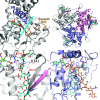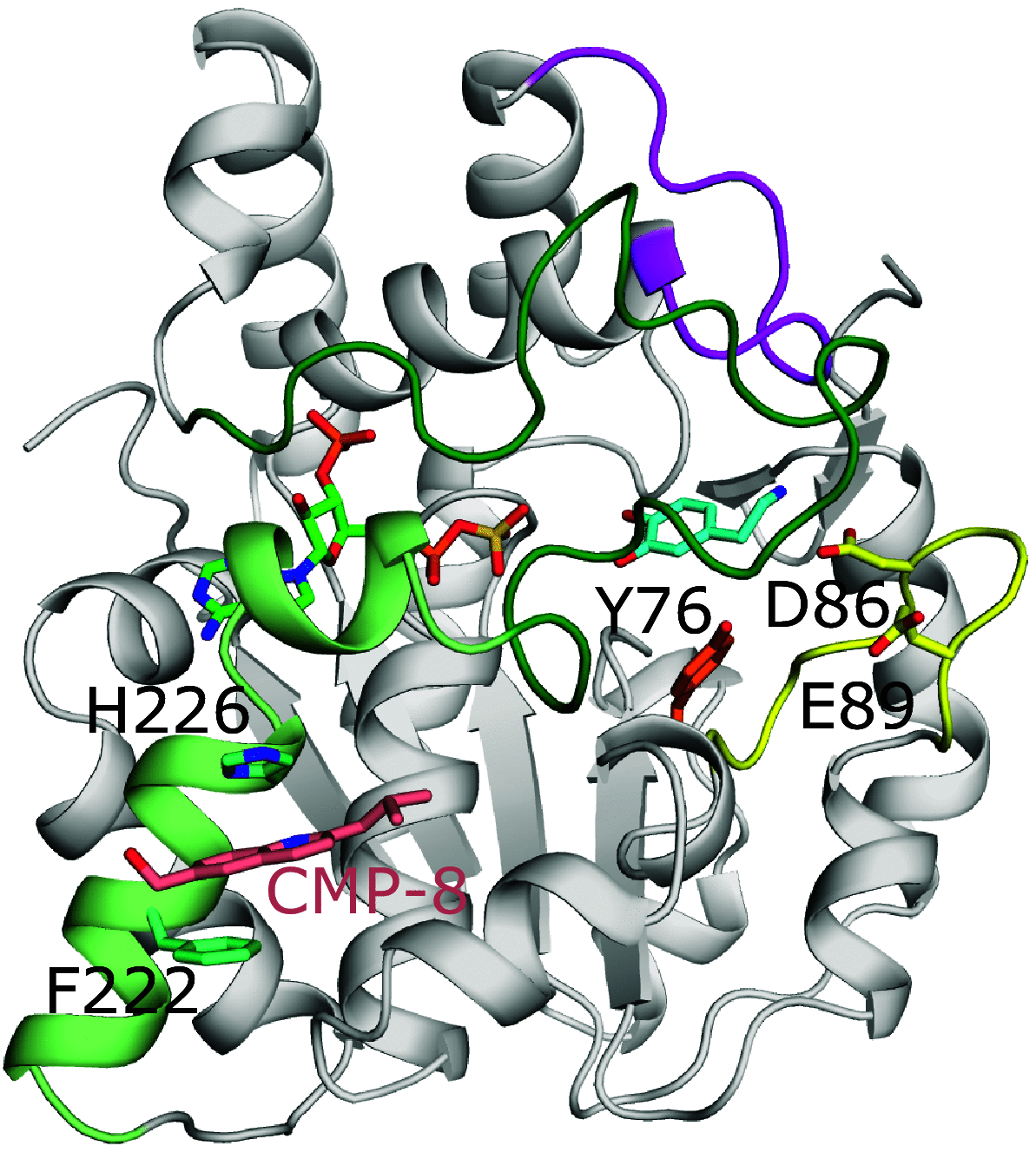From Steroid and Drug Metabolism to Glycobiology, Using Sulfotransferase Structures to Understand and Tailor Function
- PMID: 35197313
- PMCID: PMC10753775
- DOI: 10.1124/dmd.121.000478
From Steroid and Drug Metabolism to Glycobiology, Using Sulfotransferase Structures to Understand and Tailor Function
Abstract
Sulfotransferases are ubiquitous enzymes that transfer a sulfo group from the universal cofactor donor 3'-phosphoadenosine 5'-phosphosulfate to a broad range of acceptor substrates. In humans, the cytosolic sulfotransferases are involved in the sulfation of endogenous compounds such as steroids, neurotransmitters, hormones, and bile acids as well as xenobiotics including drugs, toxins, and environmental chemicals. The Golgi associated membrane-bound sulfotransferases are involved in post-translational modification of macromolecules from glycosaminoglycans to proteins. The sulfation of small molecules can have profound biologic effects on the functionality of the acceptor, including activation, deactivation, or enhanced metabolism and elimination. Sulfation of macromolecules has been shown to regulate a number of physiologic and pathophysiological pathways by enhancing binding affinity to regulatory proteins or binding partners. Over the last 25 years, crystal structures of these enzymes have provided a wealth of information on the mechanisms of this process and the specificity of these enzymes. This review will focus on the general commonalities of the sulfotransferases, from enzyme structure to catalytic mechanism as well as providing examples into how structural information is being used to either design drugs that inhibit sulfotransferases or to modify the enzymes to improve drug synthesis. SIGNIFICANCE STATEMENT: This manuscript honors Dr. Masahiko Negishi's contribution to the understanding of sulfotransferase mechanism, specificity, and roles in biology by analyzing the crystal structures that have been solved over the last 25 years.
U.S. Government work not protected by U.S. copyright.
Figures








Similar articles
-
Function and organization of the human cytosolic sulfotransferase (SULT) family.Chem Biol Interact. 2016 Nov 25;259(Pt A):2-7. doi: 10.1016/j.cbi.2016.05.005. Epub 2016 May 9. Chem Biol Interact. 2016. PMID: 27174136 Review.
-
Sulfation and sulfotransferases 5: the importance of 3'-phosphoadenosine 5'-phosphosulfate (PAPS) in the regulation of sulfation.FASEB J. 1997 May;11(6):404-18. doi: 10.1096/fasebj.11.6.9194521. FASEB J. 1997. PMID: 9194521 Review.
-
Structure and function of sulfotransferases.Arch Biochem Biophys. 2001 Jun 15;390(2):149-57. doi: 10.1006/abbi.2001.2368. Arch Biochem Biophys. 2001. PMID: 11396917 Review.
-
Crystal structure-based studies of cytosolic sulfotransferase.J Biochem Mol Toxicol. 2001;15(2):67-75. doi: 10.1002/jbt.1. J Biochem Mol Toxicol. 2001. PMID: 11284047 Review.
-
Interactions of cytosolic sulfotransferases with xenobiotics.Drug Metab Rev. 2013 Nov;45(4):401-14. doi: 10.3109/03602532.2013.835613. Drug Metab Rev. 2013. PMID: 24188364 Review.
Cited by
-
Electrophilic Compounds in the Human Diet and Their Role in the Induction of the Transcription Factor NRF2.Int J Mol Sci. 2024 Mar 20;25(6):3521. doi: 10.3390/ijms25063521. Int J Mol Sci. 2024. PMID: 38542492 Free PMC article. Review.
-
Sulfotransferase 4A1 Coding Sequence and Protein Structure Are Highly Conserved in Vertebrates.Genes (Basel). 2024 Jul 13;15(7):914. doi: 10.3390/genes15070914. Genes (Basel). 2024. PMID: 39062693 Free PMC article. Review.
-
Complex roles for sulfation in the toxicities of polychlorinated biphenyls.Crit Rev Toxicol. 2024 Feb;54(2):92-122. doi: 10.1080/10408444.2024.2311270. Epub 2024 Feb 16. Crit Rev Toxicol. 2024. PMID: 38363552 Free PMC article. Review.
-
Pharmacokinetic Study of Vadadustat and High-Resolution Mass Spectrometric Characterization of its Novel Metabolites in Equines for the Purpose of Doping Control.Curr Drug Metab. 2022;23(10):850-865. doi: 10.2174/1389200223666220825093945. Curr Drug Metab. 2022. PMID: 36017833
-
The Post-Translational Modifications of Human Salivary Peptides and Proteins Evidenced by Top-Down Platforms.Int J Mol Sci. 2023 Aug 14;24(16):12776. doi: 10.3390/ijms241612776. Int J Mol Sci. 2023. PMID: 37628956 Free PMC article. Review.
References
Publication types
MeSH terms
Substances
Grants and funding
LinkOut - more resources
Full Text Sources

